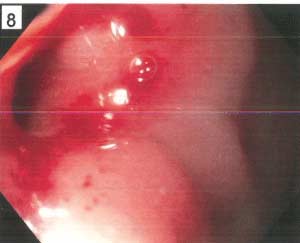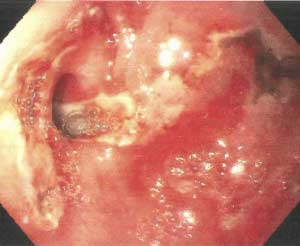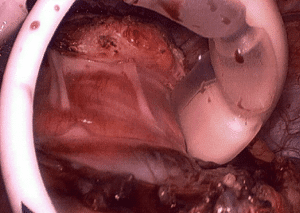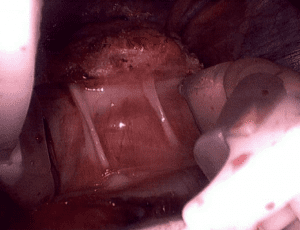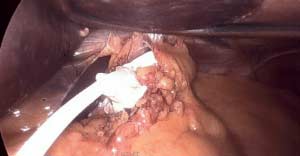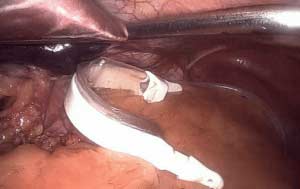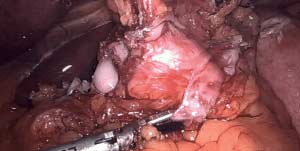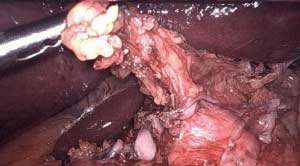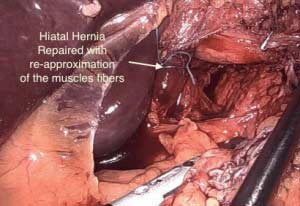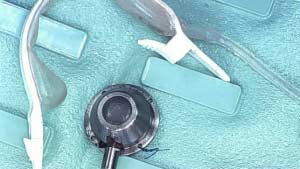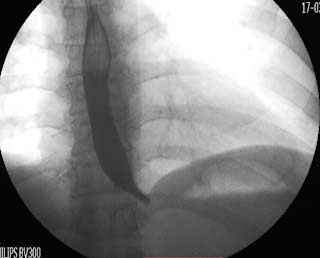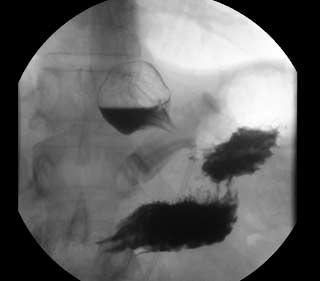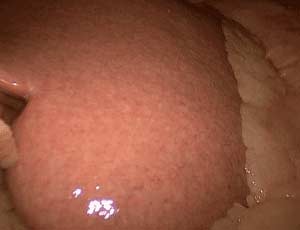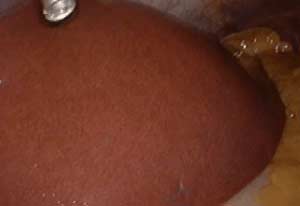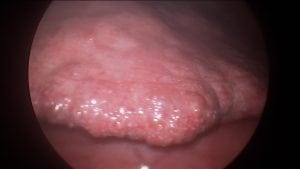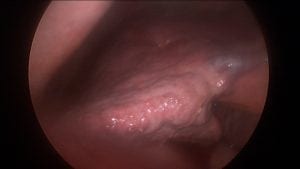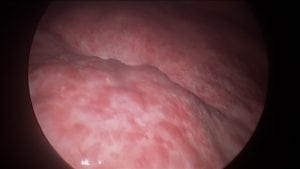Category: Nausea and vomitting
Ulcer and Stricture
August 29, 2016 5:21 am
A patient was referred to us for second opinion who was experiencing nausea, vomiting, GERD. The patient had Duodenal Switch procedure many years ago but more recently had developed significant nausea, worsening reflux and solid intolerance. The patient had an endoscopy a few months ago and was only found to have a stricture within the Duodenum, no definitive treatment was offered at the time to the patient. On second examination of this patient with a second EGD the result was development of diffuse Duodenal ulcers and stricture.
Note that these images are nearly identical positioning showing the stricture at 9 position. The image on the right also shows patchy ulcers.
Any changes in GERD, nausea, vomiting, gastric pain or discomfort after weight loss surgery should always be evaluated, treated, and followed. In a previous blog, the effects of GERD have been described.
Fluids and Electrolytes After Weight Loss Surgery
January 29, 2016 7:06 am
Fluids and Electrolytes after weight loss surgery are an important part of recovery and lifestyle after undergoing a weight loss surgical procedure. Potassium is an important electrolyte found in higher concentrations within the fluid of the cells. It is important in muscle contraction, heart rhythm, nerve function and co-enzyme function.
Fluids and Electrolytes
The following webinar (link) discusses the balance of fluids and electrolytes with particular attention to post weight loss surgery concerns. Deficiencies can cause heart arrhythmias, muscle weakness and cramping, intestinal paralysis, and neurological deficits.
The Daily Recommended Amount for Potassium is 4,700mg
Here is a list of Lower-carb potassium sources: This is not meant to be in inclusive list. There are many higher carb sources of potassium also.
- Beet Greens- 1/2C 655 mg
- Trout 3oz – 375 mg
- Salmon 719 mg per average filet
- Halibut or Yellowfin Tuna 3oz – 500mg
- Clams 3oz- 534 mg
- Avocados 1 whole- 974 mg
- Squash 1C- 325mg
- Broccoli 1 cup 475m
- Watermelon Radish 3 oz – 233mg
- Sweet Potatoes- one potato 694mg
- Yogurt 1C – 579mg
- Tomato paste 1/4C – 342 mg
- Whole milk 1C – 366 mg
- Chicken breast meat 1 cup chopped – 358 mg
- Cauliflower 1 cup raw– 303 mg
- Peanut butter 2 T – 208 mg
- Asparagus spears 6 – 194 m
- Daikon Radish – 3″ – 280 mg
- Nuts 100-300 mg per 30g / 1 oz serving, depending on the type
- Dark leafy greens 160 mg per cup of raw, 840 mg per cooked
- Kohlrabi 3oz- 98mg
- Mushrooms 1 C- 273 mg
- Spinach – 1 cup 167 mg Potassium
- Walnuts 2 oz-250 mg
Stricture with Lap Band
May 31, 2015 6:44 am
One of the most common findings with patients seeking revision of the Lap band is the persistent and continuos nausea, vomiting and reflux, even though the band is emptied. The typical presentation is that of a patient who had an adjustable gastric band placed and adjusted. When the weight loss stops any attempt to adjust and tighten the band results in reflux, nausea and vomiting. Unfortunately, there is lack of recognition that even when the band is completely empty, and even if removed, then a patient can still have the symptoms present, if the scar capsule that forms between the band and the tissue is not removed.
It is critical that when a Lap band is removed that time is spent excising the capsule that is present to allow for the tissue beneath the band to return to its normal caliber.
Note in these images how with the Lap band completely open the tissue underneath is “restricted” by the capsule that has formed under the band. In this case the capsule was also excised and removed along with the band.
Adjustable Gastric Band Removal & Hiatal Hernia Repair
April 21, 2015 6:30 pm
The band in place and after being taken down
The dissection of the wrap over the band that shows erosion
“Normal” Lap Band placement!
April 23, 2013 9:39 pm
One of the most common problems that we see are patients who have been told that their band is in correct placement, and yet they are still having nausea, vomiting, reflux etc. These patients are frequently blamed for their symptoms as if properly placed band completely eliminates the problems being associated with the band.
Stages of Liver Failure
January 08, 2013 9:38 pm
The liver is probably one of the most forgiving organs when it comes to recovering from an injury. It can take a significant amount of “non structural” injuries and still be able to carry out its function. It is the only solid organ capable of regenerating its volume after a major resection. When a part of the liver is removed, it is within a matter of months that the size of the remaining liver increases to replace the removed portion.
A liver injury can be caused by a number of elements. In regards to weight loss surgery, these elements include alcohol consumption, high doses of Tylenol, excessive weight loss, and the most significant condition called steatohepatitis, also known as “fatty infiltration”. Steatohepatitis causes structural changes in the liver. Over time, the structural changes cause the liver to progress to an end-stage liver disease that requires a transplant. Structural changes to the liver injury are irreversible.
The healthy liver is normally soft and beefy-red with a very smooth and shiny outer layer.
How does steatohepatitis harm the liver? As the fat concentration of the liver increases, the liver loses its sharp edge and becomes distended with small pockets of fat that are visible as yellow satellite lesions.
The healthy liver is normally soft and beefy-red with a very smooth and shiny outer layer.
How does steatohepatitis harm the liver? As the fat concentration of the liver increases, the liver loses its sharp edge and becomes distended with small pockets of fat that are visible as yellow satellite lesions.
This is gross evidence of steatohepatitis, which is commonly known as fatty infiltration of the liver. The most common cause of this is obesity, in addition to medications such as insulin that are used to treat diabetes. If the underlying cause of steatohepatitis is not addressed, then the liver damage will progressively continue to worsen and eventually be resolved in the structural changes to the liver.
If the physiologic injury to the liver continues unabated, it will develop irreversible cirrhosis. An increasingly continuous insult to the liver will result in sudden liver failure, which will require a liver transplant.
Slipped Band
November 02, 2012 10:40 pm

